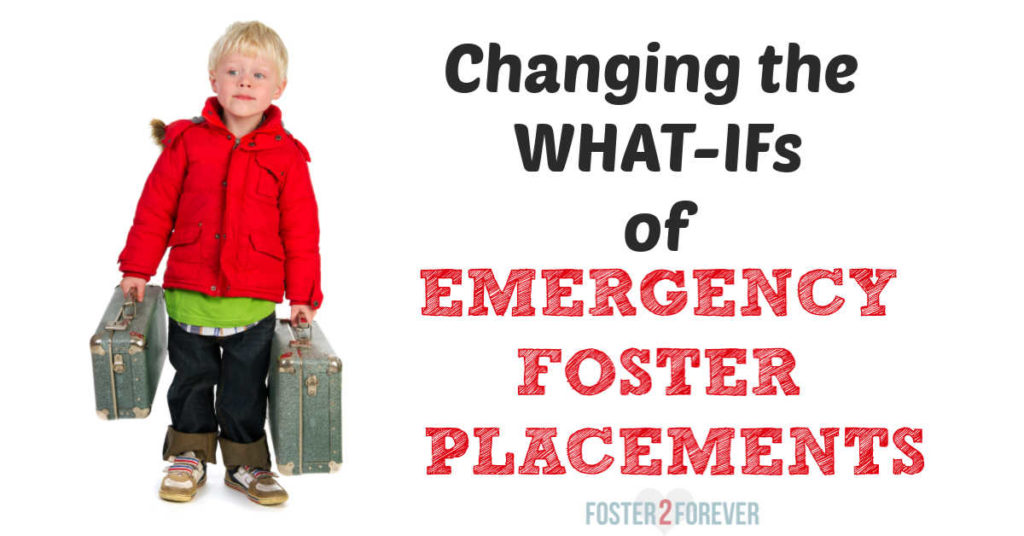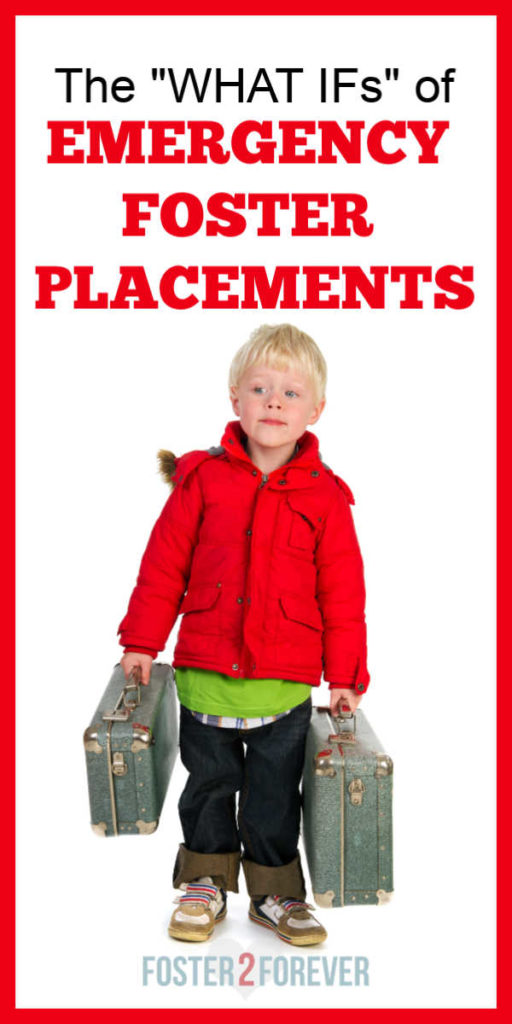Many times, children may immediately be removed from their parents if the situation is dangerous. What this means for a foster parent is that calls can happen at anytime of day or night.
One summer night, our phone rang at 11pm. As I groggily answered the call, a caseworker told me that she had a sibling group of 3 that needed a place to stay – a preschooler, a toddler, and an infant.
“Can you take all these foster kids?”
We only had 2 beds available, and I began feeling guilty, wondering where these children would wind up sleeping that night. But with quick thinking in my groggy state, I suddenly realized that the baby would need a crib and not a bed!
I SAID YES!
Because of the shortage of foster homes, these children were coming from two counties over – nearly two hours away. Because of the extensive travel involved, the twice weekly family visits were really difficult on these foster children.
After a week, the caseworker realized that the children desperately needed to be placed closer to family. The caseworker began looking for a foster home in their county that could take this sibling group. It took a few days, but she finally discovered a foster home in their home county through an outside agency. The kids left us a few days later.
As chaotic as our family life was those weeks, my heart rejoices in that these siblings didn’t have to be split from each other.
Sadly, this story is not unique, it is the reality for emergency placements in the foster system. There just aren’t enough foster homes, so unlike this sibling set, many siblings are split up.
- WHAT IF children placed into foster care on an emergency basis could be placed in the best possible home for them and their needs?
- WHAT IF social services have the time to identify that best possible family situation for these children?
- WHAT IF children placed in foster care could stay in their community, and possibly their current school?
- WHAT IF children placed in foster care could stay with siblings while the county finds a home for ALL the children?
- WHAT IF children placed into foster care had a home to go to while the county conducts a background check on a family member?
A new short-term placement program in Adams County, Colorado is changing that for foster children in the area.
HOMES FOR HOPE is changing the “What-If’s” for children placed in foster care.
Adams County, which encompasses the Denver area, created the short-term placement program — called “HOMES FOR HOPE” — the first of its kind in the state, and perhaps the country, because this program is government-sponsored.
Adams County purchased and renovated two single-family homes that are now ready for foster families to move into. One home sits on 128 acres and the other on 17 acres. Because Adams County owns the HOMES FOR HOPE, host foster families will not have to pay mortgage or rent.
Now, when a traditional foster home is unavailable, children can go to a HOMES FOR HOPE instead. Caseworkers will have the time to search for the best permanent situation for the children – that could be with close relatives, a longer-term foster family or back with their parents.
- Children can stay in HOMES FOR HOPE for up to 90 days until a longer-term placement can be found.
- Siblings will be able to remain together because foster families will be certified for children 0-18 years of age.
- Children can stay in their community and in their current school, lessening the number of disruptions to their life.
- Caseworkers have more time to find the right foster home for these children instead of finding the first available bed.
- One home is designated as a safe place for teen mothers and their children.
- The HOMES FOR HOPE provide intensive care as the foster parents organize family, medical, and therapeutic appointments, and comfort children through early days of fear and uncertainty.
- The children will be seen by medical professionals within 72-hours, so the child’s medical and developmental needs are met and addressed.
- The right foster family best suited to meet the children’s needs can be found, should they need to remain in foster care on a long-term basis.
Nightlight is the certifying agency and supports the foster families upon placement. Nightlight is actively looking for interested families who are willing to become foster parents and live in the homes full-time. The ideal HOMES FOR HOPE foster parent is trauma-informed, has parenting experience, and is willing to move.
If you are interested in becoming a HOMES FOR HOPE foster parent:
Complete this survey to be contacted with more information; or
Contact Meaghan Nally at mnally@nightlight.org or (518) 369-2888.
To learn more about Homes for Hope, visit: https://www.nightlight.org/denver-foster-care-homes-for-hope/.






